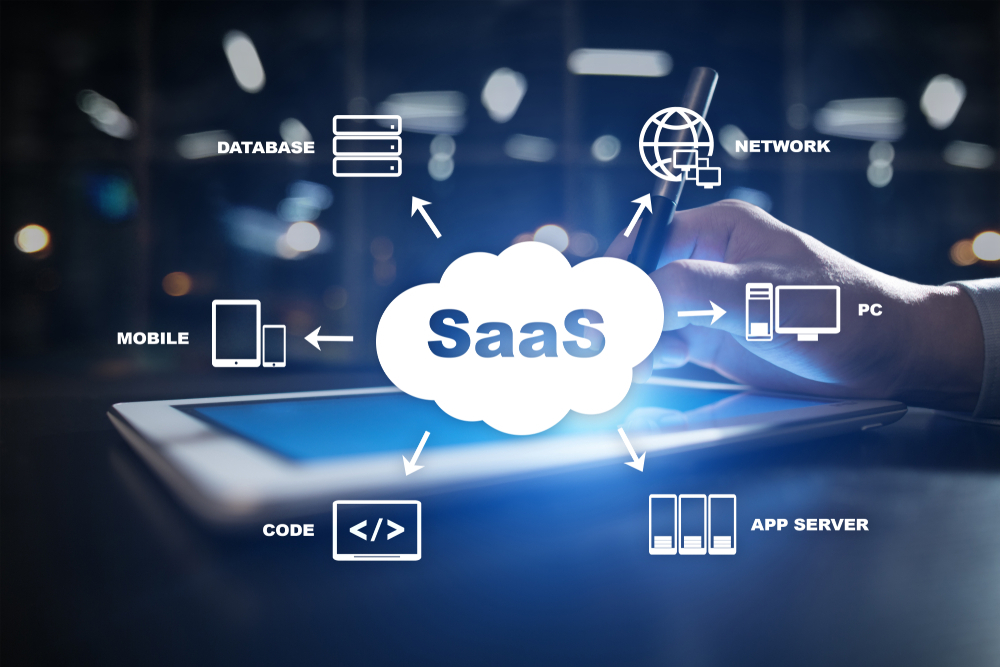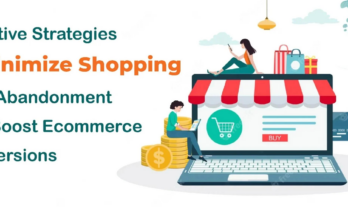Over the past decade, Software as a Service (SaaS) has changed how businesses use software. Instead of buying and installing software on individual computers, companies now use cloud-based tools that are accessible anywhere, anytime. This shift has created huge opportunities—but also new challenges—for IT service companies.
Let’s break down how SaaS has evolved and what IT service providers can do to keep up.
What is SaaS?
SaaS stands for Software as a Service. Instead of buying software outright, businesses pay a monthly or yearly fee to use it over the internet. Examples include tools like Microsoft 365, Zoom, and Salesforce.
SaaS is popular because:
- It’s easy to set up
- It updates automatically
- It can be used from any device
- It often costs less upfront
How SaaS Has Changed Over Time
- From Basic Tools to Full Platforms
In the beginning, SaaS tools were simple—like email or document sharing. Now, they’ve grown into powerful platforms that handle everything from customer service to business analytics. - More Customization
Modern SaaS products can be tailored to fit a business’s specific needs. This means more flexibility and better results. - Tighter Security
Early concerns about cloud security are being addressed. Today’s SaaS providers offer strong encryption, regular backups, and built-in compliance features. - Integration with Other Tools
SaaS tools now easily connect with each other. This helps businesses streamline their work and reduce manual tasks.
What This Means for IT Service Companies
SaaS has made things easier for end users—but it also changes the role of IT service providers. Here’s how companies can stay competitive:
1. Focus on Consulting, Not Just Support
Clients need help choosing the right tools, setting them up, and training their teams. IT companies should act as trusted advisors, not just tech troubleshooters.
2. Offer SaaS Management Services
With businesses using dozens of SaaS apps, managing licenses, access, and data can be a headache. IT companies can step in to offer SaaS management as a service.
3. Help with Integration
Businesses want their tools to work together. IT companies that can connect different systems—like linking CRM with email or billing software—will stay in demand.
4. Stay on Top of Security
Even though SaaS providers handle much of the security, clients still need help with safe access, user permissions, and data protection. Security services are a big opportunity.
5. Build Custom Add-ons
Some clients need features that off-the-shelf SaaS tools don’t offer. IT firms can create custom scripts or apps to fill these gaps.
Conclusion
The rise of SaaS is not a threat to IT service companies, it’s a chance to evolve. By shifting from traditional support to strategy, integration, and security services, IT providers can stay relevant and grow in the cloud-first world.Change is constant in tech. The key is to adapt, specialize, and always deliver value.
At eDreamz, we help IT service companies stay ahead with smart, tailored solutions built for today’s SaaS-driven world. Whether you’re looking to modernize your services, improve integration, or boost security, we deliver high-quality, cost-effective strategies that fit your needs. Start applying these ideas and stay competitive in a fast-changing tech landscape. Ready to evolve? Contact us at sales@edreamztech.com we’re here to help you grow and succeed.



